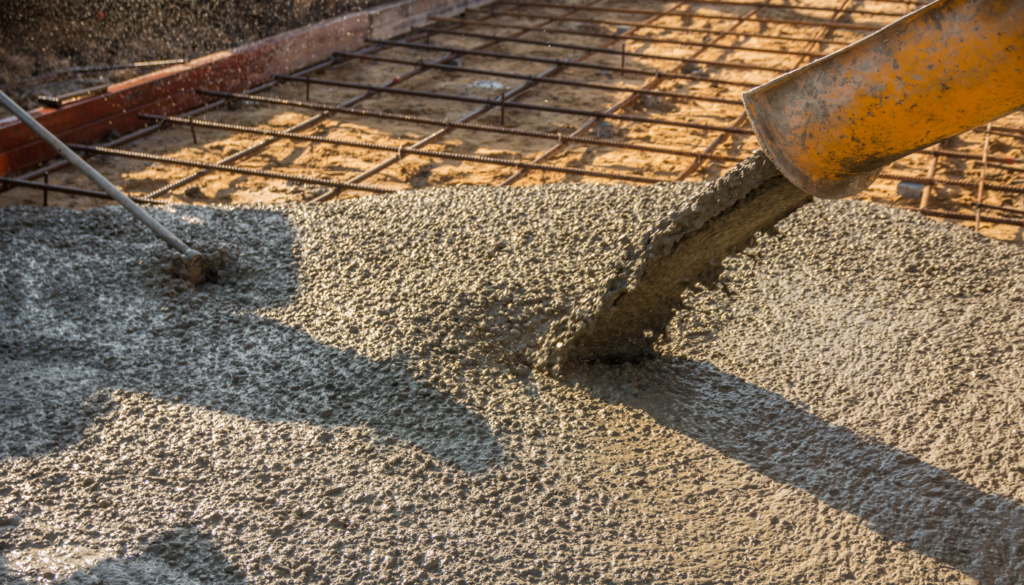
In the early 1900s, an american researcher named Duff Abrams invented the Abrams Cone, which is now known today as the slump cone. Abrams created the slump cone to evaluate the workability and consistency of plastic concrete. On a side note, Ambrams was also able to determine in his research that the strength of the concrete is directly correlated to the water-cement ratio.
Since then, the slump test has been adopted in almost all concrete standards and specifications. However, there are cases where the slump test results may not be valid. According to ASTM C143, The following circumstances may not provide a valid slump test result:
- Concrete mixes with an aggregate size greater than 1.5 inches (In this case, concrete should be wet sieved first).
- Concrete mixes having slumps less than .5 inches.
- Concrete mixes having slumps greater than 9 inches.
REFERENCES:
- ASTM C143 – Standard Test Method for Slump of Hydraulic-Cement Concrete
- Flash Back: Pioneer in Concrete, Duff Abrams 1880 – 1960








